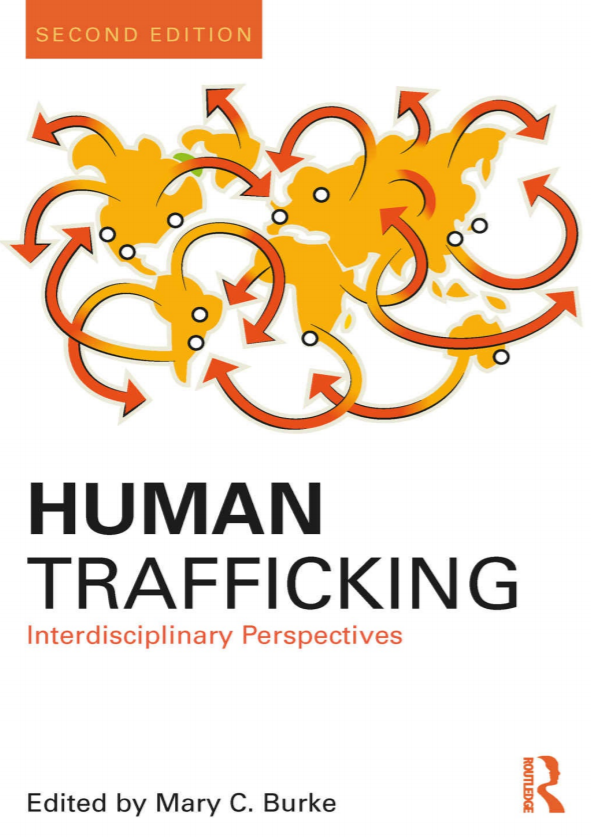Trata y Tráfico Ilícito de Refugiados Y Migrantes

Existe una estrecha relación entre el tráfico ilícito de refugiados y migrantes y la trata de personas. Es necesario reconocer que una persona migrante o refugiada que ha estado en una situación de tráfico - bien sea para ingresar, permanecer o salir del país - se encuentra en riesgo de ser víctima del delito de trata de personas. Estos delitos implican la cosificación de las personas, el menoscabo de la dignidad humana y suele primar un aprovechamiento de situaciones de vulnerabilidad. Uno de los mayores obstáculos en la lucha contra el tráfico ilícito de refugiados y migrantes y la trata de personas es la falta de información. Hay un evidente subregistro en las cifras oficiales y esto impide que se calculen las magnitudes reales de ambos delitos.
Country
Colombia
Region
South America
Year
2020
Topics
Category








